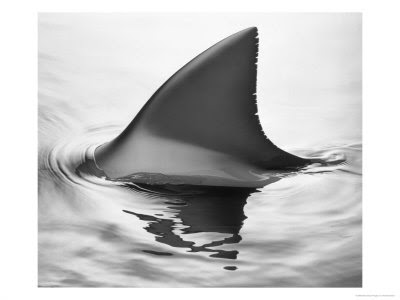Evidently needed a transfusion by post 367 or thereabouts and missed a couple of very direct questions on the subject?
No need for you to write a book and make my own eyes bleed and brain twist too much more trying to read or decipher it under such convoluted circumstances. I'm just interested in the facts and the "truth" by anyone who can legitimately offer both in this thread.
Still sorta waiting for that premise to take shape over the typical pissing up a rope and inside comment bulls**t like everyone else already knows the answers and those of us who are asking legit questions are the odd folks out....and trying to keep in context the thread itself is actually a sales pitch buy a member/sponsor to begin with.
So.... (and obviously in the best interests of the community without any agenda)....
> How is the A, B, or C designation established for a given AM top end product, and who does it? Is it a
> tolerance spec, or just an arbitrary and subjective observation? And when does it generally happen in the process?
> And what are the actual differences among the designations?
Answers by anyone who can offer em while I continue scratching my head wondering where the truth and the facts really are in this thread are welcomed.
So far it's all sales **** and opinion....and a coupla pics I offered as examples of what I'd consider a lousy product that was actually endorsed as having good timing numbers, great plating, and should clean up real well according to a couple of participants in this thread.
Ok. Fine.
However...
I didn't buy the kit as a project in and of itself. I just wanted to bolt it onto a 361 without having to take the Dremel to it or buy a Fordam for the upper transfers to simply put the freekin' saw back together.
So is this an "A", "B", or "C" cylinder?
Simple, direct question.

opcorn:
about shipping UPS......


























































 That is literally the hardest I have laughed at anything on here in a while. My wife is sittin' here doin' this :msp_rolleyes:
That is literally the hardest I have laughed at anything on here in a while. My wife is sittin' here doin' this :msp_rolleyes: